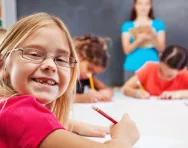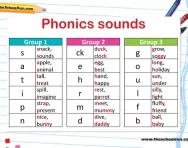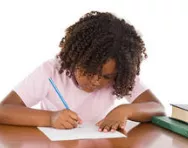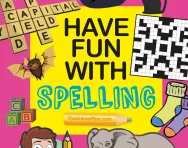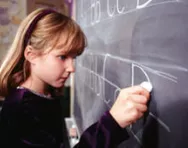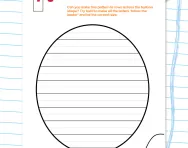Important update from TheSchoolRun
For the past 13 years, TheSchoolRun has been run by a small team of mums working from home, dedicated to providing quality educational resources to primary school parents. Unfortunately, rising supplier costs and falling revenue have made it impossible for us to continue operating, and we’ve had to make the difficult decision to close. The good news: We’ve arranged for another educational provider to take over many of our resources. These will be hosted on a new portal, where the content will be updated and expanded to support your child’s learning.
What this means for subscribers:
- Your subscription is still active, and for now, you can keep using the website as normal — just log in with your usual details to access all our articles and resources*.
- In a few months, all resources will move to the new portal. You’ll continue to have access there until your subscription ends. We’ll send you full details nearer the time.
- As a thank you for your support, we’ll also be sending you 16 primary school eBooks (worth £108.84) to download and keep.
A few changes to be aware of:
- The Learning Journey weekly email has ended, but your child’s plan will still be updated on your dashboard each Monday. Just log in to see the recommended worksheets.
- The 11+ weekly emails have now ended. We sent you all the remaining emails in the series at the end of March — please check your inbox (and spam folder) if you haven’t seen them. You can also follow the full programme here: 11+ Learning Journey.
If you have any questions, please contact us at [email protected]. Thank you for being part of our journey it’s been a privilege to support your family’s learning.
*If you need to reset your password, it will still work as usual. Please check your spam folder if the reset email doesn’t appear in your inbox.
What is a grapheme?
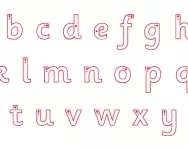
What is a grapheme?
A grapheme is a written symbol that represents a sound (phoneme). This can be a single letter, or could be a sequence of letters, such as ai, sh, igh, tch etc. So when a child says the sound /t/ this is a phoneme, but when they write the letter 't' this is a grapheme.
These are all the phonemes in the English language (and some of the graphemes used to represent them):

Learing to encode words: handwriting foundations
By the end of Reception children should be able to write all the above graphemes (encoding). Children will learn the letters of the alphabet, saying each sound out loud and writing the letter, but they will also learn how to put letters together to make individual sounds.
The importance of carefully and thoroughly teaching children how to form letters cannot be underestimated (for lots more information about how children learn to write, and how you can support handwriting at home, see our Handwriting learning hub). Obviously, it is really important that children know the letters that go with each sound, but it is also important that they form these letters correctly. Usually letters 'start from the top' apart from d and e. Children need to know how to form letters correctly, as when they come to join their letters, they will not be able to do this if they are forming them in the wrong way.
Teachers teach children how to form their letters correctly by giving demonstrations on the board, or by writing letters large in the air (with their backs to the children). Children are sometimes given sheets with letters on them which are marked with start points and arrows, so that children are aware of where to start and which direction to go in.
Learning to spell: encoding
In English the sounds in words (phonemes) are represented by different combinations of letters when we write them down. In other words, one sound can be represented by a number of different graphemes according to the word it appears in and different graphemes can represent more than one sound. For example, in the words below, the letters 'ch' represent the /k/ sound in chemist, but the /sh/ sound in chef.


Find more information about what spelling patterns and words children are taught in each year of primary school in our parents' guides:

